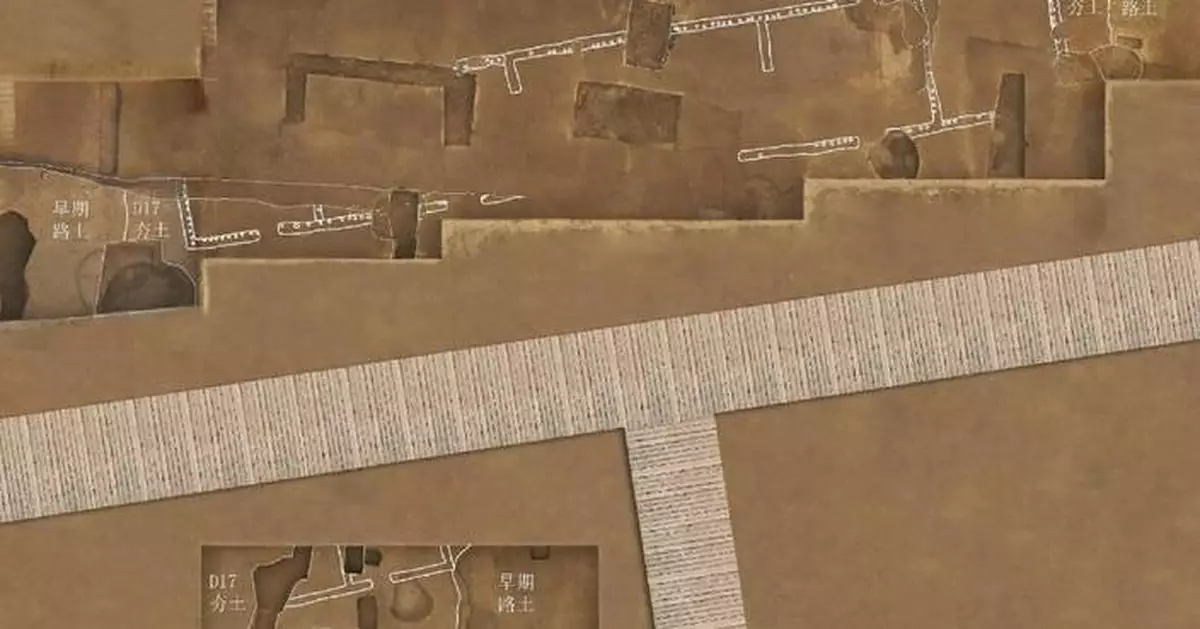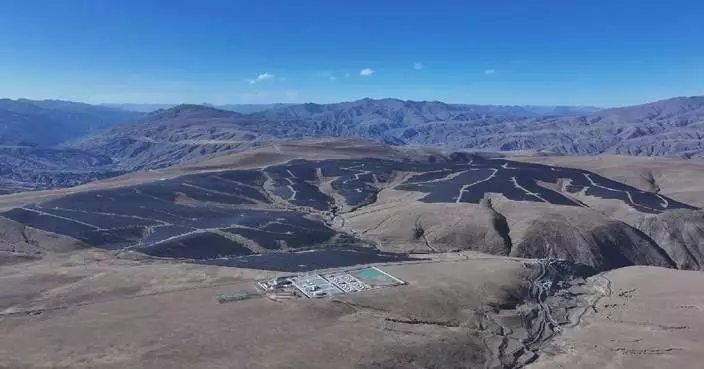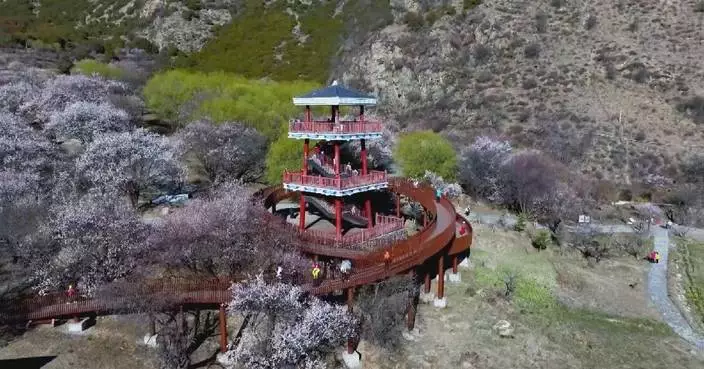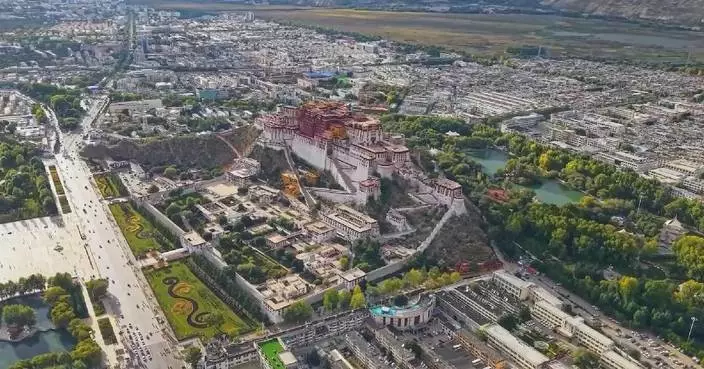City remains discovered in relic sites dating back to China's earliest dynasties of Xia (2070-1600 BC) and Shang Dynasty (1600-1046 BC), provide new insights into the origins and development of Chinese culture, said China's National Cultural Heritage Administration on Thursday.
Erlitou ruins in Luoyang of central China's Henan is generally identified by archaeologists as one of the capital cities during the Xia Dynasty.
According to the authority, architectural remains were discovered at the palace area of Erlitou ruins. For the first time, the complete layout of a crossroads and walls dividing the ancient state capital-like city into four regular grids was revealed. These findings further unveil the layout and architectural systems within the area.
Yin Xu, or the Yin Ruins, located in Anyang in central China's Henan Province, was confirmed to be the remnants of the capital of the late Shang Dynasty.
According to the authority, an interwoven network of main roads and ditches have been found and confirmed in the north bank of Huan River passing through the Yin Ruins, forming the main layout of the ancient capital.
"The layout of the ancient capital is of most importance. The new findings offer fresh insights into the ancient capital's layout and make us realize that central plain regions play a leading role in promoting the development of Chinese civilization," said Wang Wei, a member of Chinese Academy of Social Sciences (CASS).
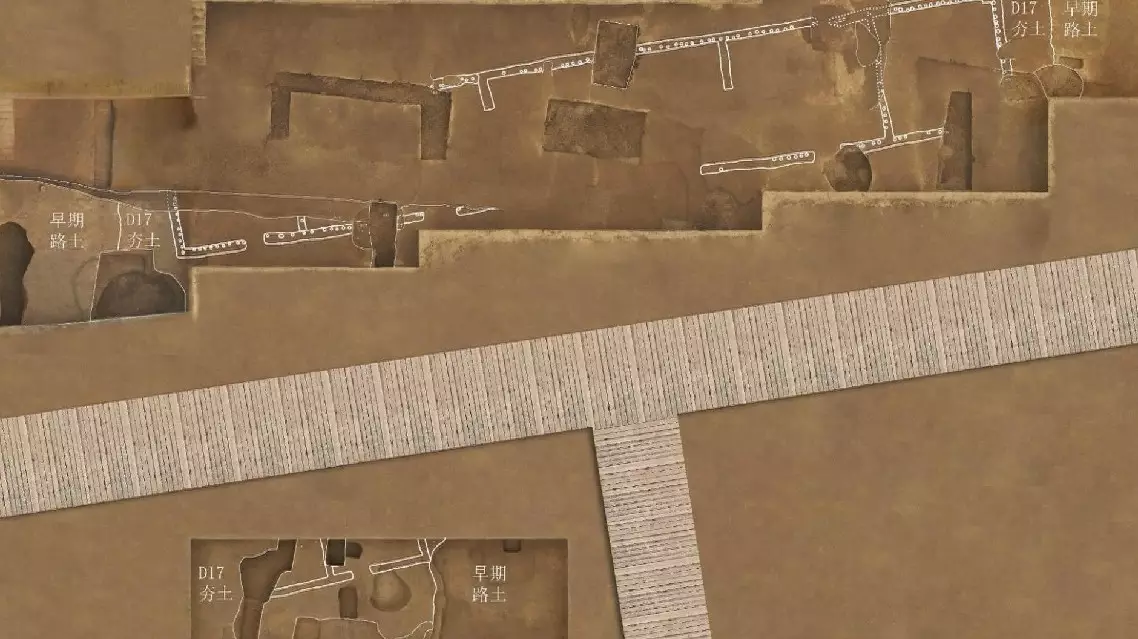
New discovery of ancient city ruins provides insights into origin of Chinese civilization


